Sugar syrup for Indian sweets | Indian kitchen basics
As Diwali is fast approaching, I wanted to make a detailed post on how to check the consistency of sugar syrup. I am getting readers’ queries on how to check the sugar syrup consistency. However, I have mentioned that in my Boondi ladoo and mysore pak post, I am explaining this here again. I tried my best to explain and still you have any queries feel free to mail me or leave your comments. I couldn’t take pictures for 2 strings and three strings as i couldn’t bear the heat and got my fingers burnt for keeping it a long time in my hand and the camera in the other hand. Let me explain today how to make sugar syrup or chasni for various sweets. I have given information to the best of my knowledge, which I gathered from my mom, my athai, and my own experience. I am sure it will be useful for beginners.
Check out my full collection of Diwali sweets recipe
Sugar syrup consistency for Indian sweets
Ingredients
- 1/3 cup Sugar
- 1/3 cup water
- 2 tbsp milk use only if the sugar has impurities
Instructions
- Put sugar and water in a pan and allow this to boil.
- Stir it once and leave it undisturbed. Do not stir.
- After the sugar dissolves add milk to the sugar syrup. The impurities if any in the sugar will start floating on the top. Take this out with a help of a perforated ladle. I skipped this step as my sugar was clean
- Boil this again. After a few minutes, if you take the syrup in a ladle and touch it with your hands it will be sticky. This is we call "pisu pisupu padham" in tamil. This syrup is used for Gulab jamun.
- If you further boil the syrup for a few more minutes on low flame, and take the syrup in your hands and test it it will for half string, that is, it will form a string but will immediately break if you pull and forefinger and thumb gently apart. It is called half-string consistency.
- The next stage is one-string consistency. If you boil a few more minutes after the half-thread consistency, one string will be formed.
- When you touch the syrup with your forefinger and rub it between your thumb if you gently pull your fingers apart, one string will be formed and it will be firm. This is one-string consistency. This is used for boondi ladoo, jalebi, and mysore pak.
- Further more if you boil it will form 2 thread consistency. This is used for sweet boondi and badusha.
- Further if you boil and if you take water in a cup of pour a little syrup in the water and if you gather this it will make a softball. It is called soft ball consistency.
- It is used for sakkarai adirasam.
- The next stage is hardball consistency. If you put the syrup in water it will gather a mass and if you hit it on a plate it will give "thung" sound. This is hardball consistency, which is generally used for Chikkis.
- The next stage is caramel stage where the sugar turns slightly golden brown. We don't use this for Indian sweets
- Put sugar and water in a pan and allow this to boil.
- Stir it once and leave it undisturbed. Do not stir.
- After the sugar dissolves add milk to the sugar syrup. The impurities if any in the sugar will start floating on the top. Take this out with a help of a perforated ladle. I skipped this step as my sugar was clean.
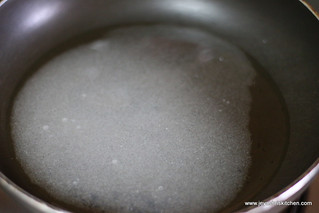 |
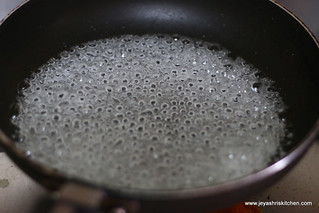 |
- Boil this again. After a few minutes, if you take the syrup in a ladle and touch it with your hands it will be sticky. This is we call “pisu pisupu padham” in tamil. This syrup is used for Gulab jamun.
- If you further boil the syrup for a few more minutes on low flame, and take the syrup in your hands and test it it will for half string, that is, it will form a string but will immediately break if you pull and forefinger and thumb gently apart. It is called half-string consistency.
- The next stage is one-string consistency. If you boil a few more minutes after the half-thread consistency, one string will be formed.
- When you touch the syrup with your forefinger and rub it between your thumb if you gently pull your fingers apart, one string will be formed and it will be firm. This is one-string consistency. This is used for boondi ladoo, jalebi, and mysore pak.
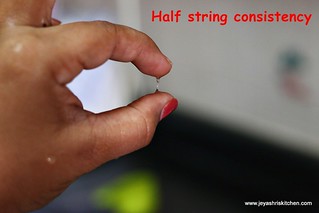 |
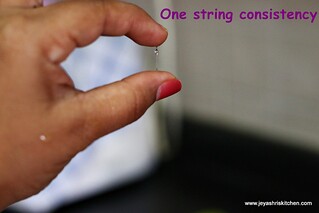 |
- Further more if you boil it will form 2 thread consistency. This is used for sweet boondi and badusha.
- Further if you boil and if you take water in a cup of pour a little syrup in the water and if you gather this it will make a softball. It is called soft ball consistency.
- It is used for sakkarai adirasam.
- The next stage is hardball consistency. If you put the syrup in water it will gather a mass and if you hit it on a plate it will give “thung” sound. This is hardball consistency, which is generally used for Chikkis.
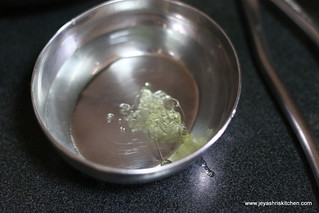 |
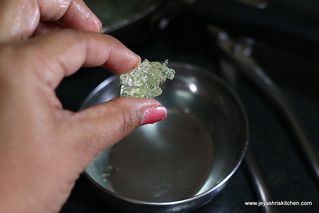 |
- The next stage is caramel stage where the sugar turns slightly golden brown. We don’t use this for Indian sweets.

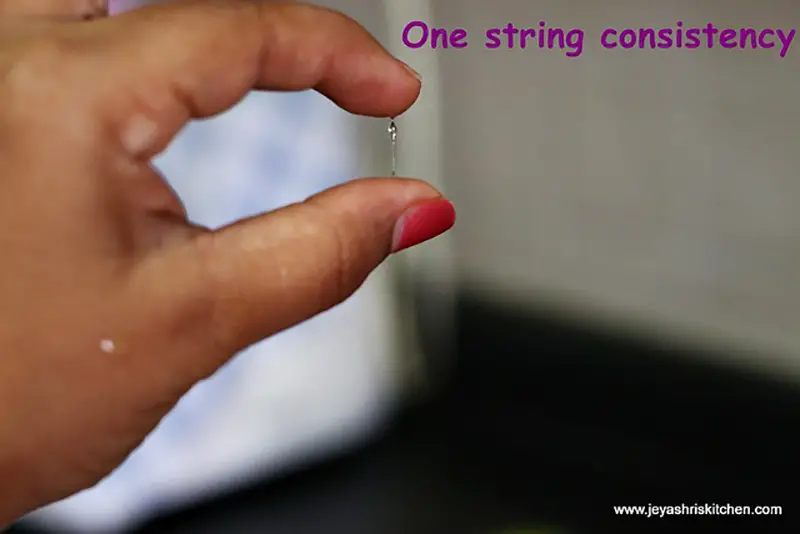
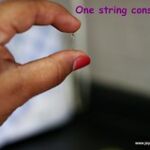
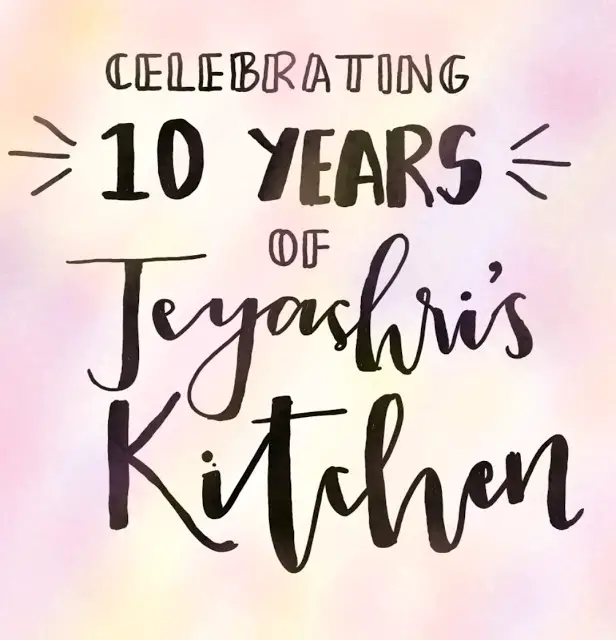
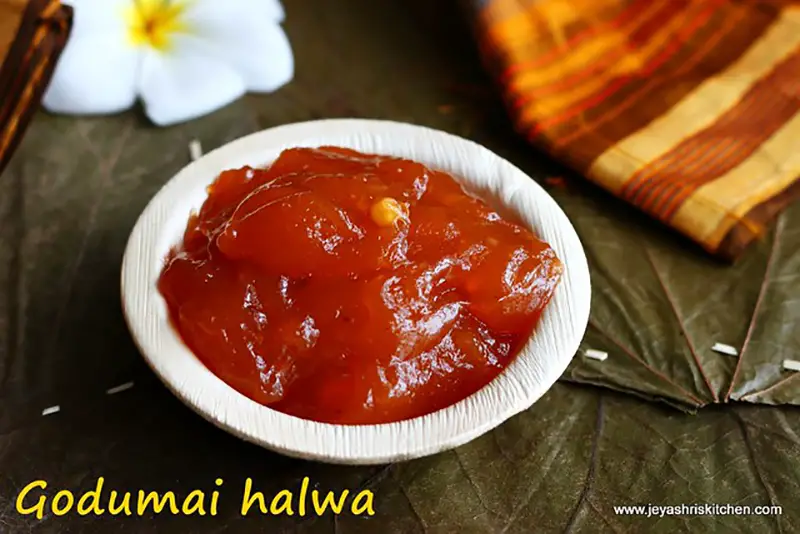
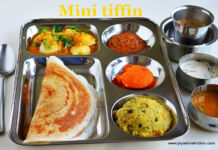





If you have a candy thermometer, can you kindly give the temperature reading next time you do this please? Thanks
Hi unfortunately i don't have a candy thermometer. Will check with my friends, if i get info will update you.